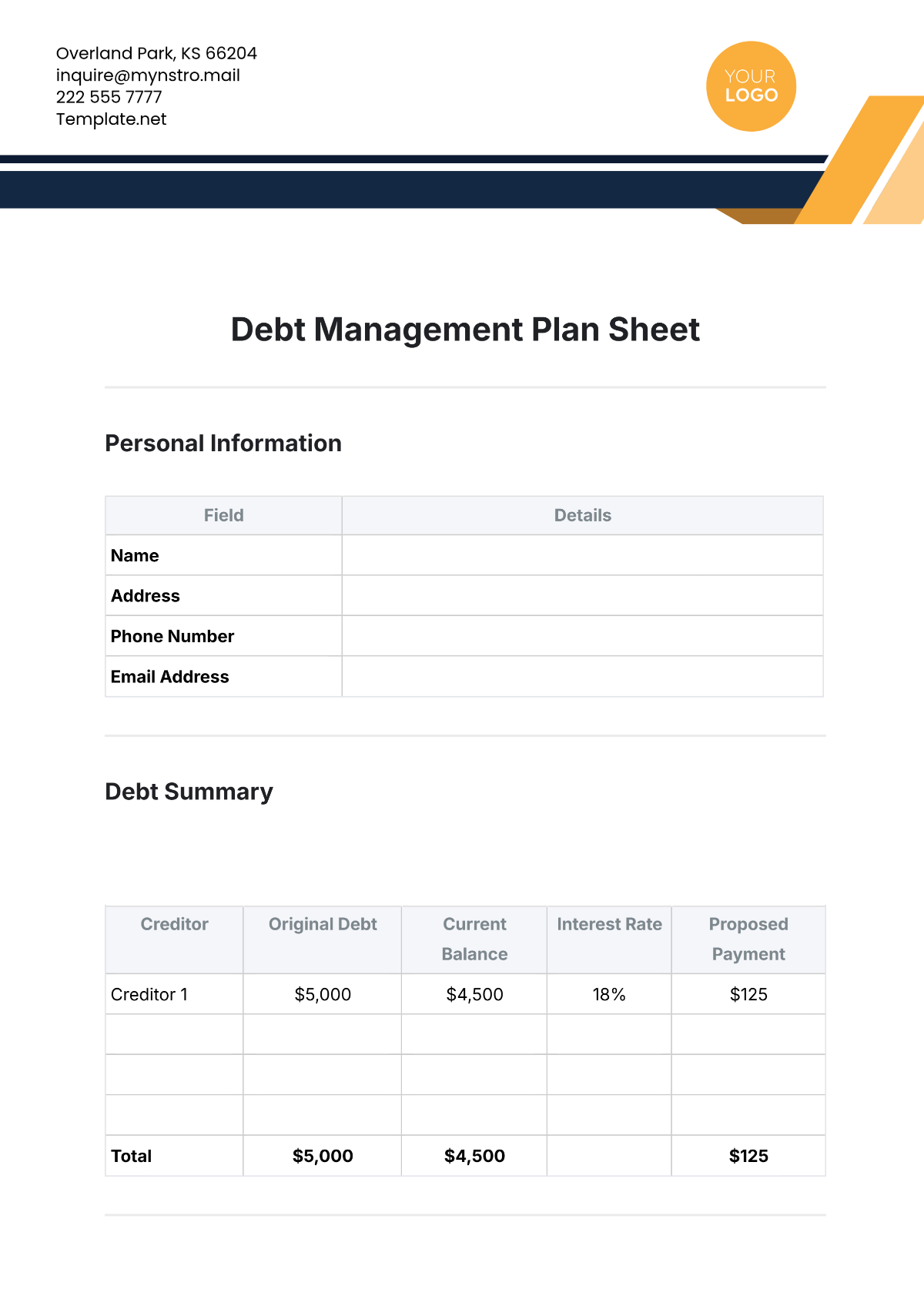Sample Day Trading Plan
Prepared by: [YOUR NAME]
I. Introduction
a. Purpose
The purpose of this Day Trading Plan is to guide individual trading activities and decisions to achieve consistent profitability while managing risks effectively.
b. Objectives
Achieve a minimum daily profit target of 1.5% of trading capital.
Limit daily losses to no more than 1% of trading capital.
Maintain a disciplined and consistent approach to trading.
II. Trading Goals
Goal | Target |
|---|---|
Daily Profit Target | 1.5% of trading capital |
Maximum Daily Loss | 1% of trading capital |
Win Rate | Achieve a win rate of at least 60% |
III. Market Analysis
a. Market Conditions
Focus on highly liquid markets such as:
NASDAQ stocks
S&P 500 Index
Forex major pairs (e.g., EUR/USD, GBP/USD)
b. Trend Analysis
Utilize technical analysis to identify market trends:
Moving Averages (50 EMA, 200 EMA)
Relative Strength Index (RSI)
MACD (Moving Average Convergence Divergence)
IV. Trading Strategies
a. Strategy 1: Breakout Trading
Description:
Trade on the breakout of significant support or resistance levels.
Setup:
Identify key support and resistance levels.
Confirm breakouts with increased volume.
Entry and Exit Rules:
Enter long on a breakout above resistance.
Enter short on a breakout below support.
Use a stop-loss order just below the breakout level for longs and above for shorts.
Take profit at the next significant support or resistance level.
b. Strategy 2: Reversal Trading
Description:
Trade reversals at overbought or oversold conditions.
Setup:
Use RSI to identify overbought (above 70) and oversold (below 30) conditions.
Confirm reversals with candlestick patterns (such as Hammer and Shooting Star).
Entry and Exit Rules:
Enter long at oversold conditions with a bullish reversal pattern.
Enter short at overbought conditions with a bearish reversal pattern.
Use a stop-loss order below the reversal pattern for longs and above for shorts.
Take profit at the moving average or next significant level.
V. Risk Management
a. Position Sizing
Risk no more than 1% of trading capital per trade.
Use a position size calculator to determine the number of shares/contracts.
b. Stop-Loss and Take-Profit Levels
Always use stop-loss orders to limit potential losses.
Set take-profit levels to secure gains and exit trades.
c. Risk-Reward Ratio
Aim for a minimum risk-reward ratio of 1:2.
VI. Trading Schedule
a. Daily Routine
Time | Activity |
|---|---|
7:00 AM - 8:00 AM | Pre-market analysis and preparation |
8:00 AM - 4:00 PM | Active trading session |
4:00 PM - 5:00 PM | Post-market review and analysis |
b. Trading Sessions
Focus on high-volatility periods such as market open (9:30 AM - 11:30 AM) and close (2:00 PM - 4:00 PM) EST.
VII. Review and Adjustments
a. Performance Review
Conduct a daily review of all trades.
Document reasons for entry and exit, profit/loss, and any deviations from the plan.
b. Monthly Analysis
Analyze monthly performance to identify strengths and weaknesses.
Adjust strategies and risk management rules based on performance data.
VIII. Conclusion
This Day Trading Plan for [YOUR NAME] serves as a comprehensive guide for conducting disciplined and strategic trading activities. By adhering to the outlined strategies, risk management practices, and consistent review processes, the goal is to achieve sustainable profitability while minimizing risks.

















































